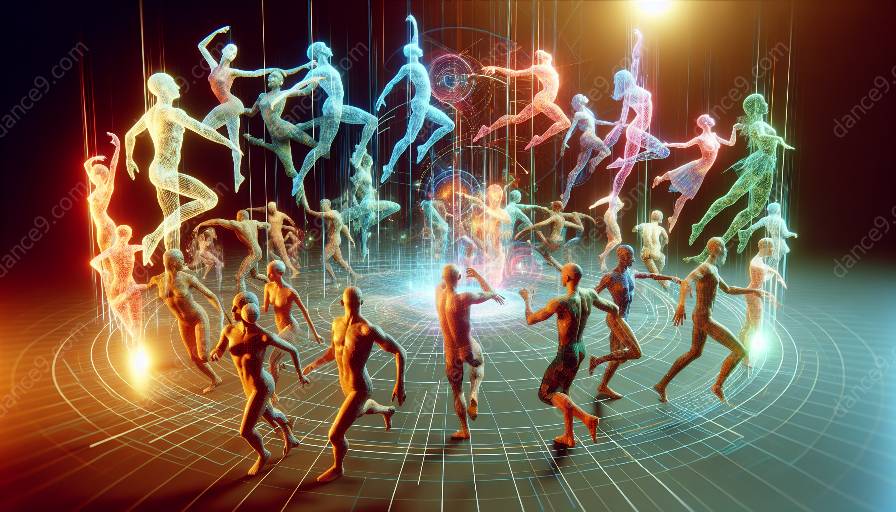Throughout history, dance has been a sublime expression of human emotion and culture, captivating audiences with its captivating movement and beauty. In recent years, the integration of holography with dance has led to a striking evolution in the way dance performances are experienced.
This article delves into the intriguing journey of holography in dance, from its humble beginnings to its current state, and explores the impact of technology on this art form.
The Birth of Holography in Dance
The concept of holography can be traced back to the early 20th century when scientists first experimented with light and optics to create three-dimensional images. However, it wasn't until the latter half of the century that the technology advanced enough to merge with the world of dance.
Initially, holography was primarily used for scientific and industrial purposes, but as artists and technologists recognized its potential, they began to explore its application in the realm of performing arts.
Early Innovations and Experiments
In the 1980s, as technology continued to advance, dance artists and technologists began to experiment with integrating holographic elements into live performances. These early innovations laid the foundation for the mesmerizing fusion of holography and dance that we witness today.
Technological Advancements
The evolution of holographic technology has been pivotal in shaping its integration with dance. Advancements in projection techniques, holographic displays, and motion capture have revolutionized the way dancers interact with holographic elements, allowing for seamless and immersive performances.
Impact on Choreography and Storytelling
The use of holography in dance has opened up new vistas for choreographers and performers, offering innovative ways to create stunning visual narratives and environments. Dancers now have the ability to transcend physical limitations and interact with holographic avatars or environments, giving rise to a new form of storytelling within the dance medium.
Integration with AI and Interactive Technologies
As technology continues to advance, the integration of holography with artificial intelligence and interactive technologies has further expanded the possibilities for dance performances. This seamless union has given rise to interactive holographic displays that respond to the movements and emotions of the dancers, creating a symbiotic relationship between the digital and the physical.
Holography in the Virtual and Augmented Reality Realm
With the advent of virtual and augmented reality, holography in dance has ventured into new territories, offering audiences the opportunity to experience performances in immersive and interactive virtual spaces. This has blurred the lines between physical and digital, elevating the audience's engagement with dance to unprecedented levels.
Contemporary Innovations and Future Potential
Today, the integration of holography in dance continues to evolve, with artists and technologists collaborating to push the boundaries of what is possible. From holographic dance installations to live performances enhanced by augmented reality, the potential for innovation in this fusion of art and technology appears boundless.
Conclusion
The history and evolution of holography in dance exemplify the harmonious convergence of art and technology. As this mesmerizing union continues to captivate audiences, it reminds us of the endless possibilities that arise when imagination and innovation intertwine.

































